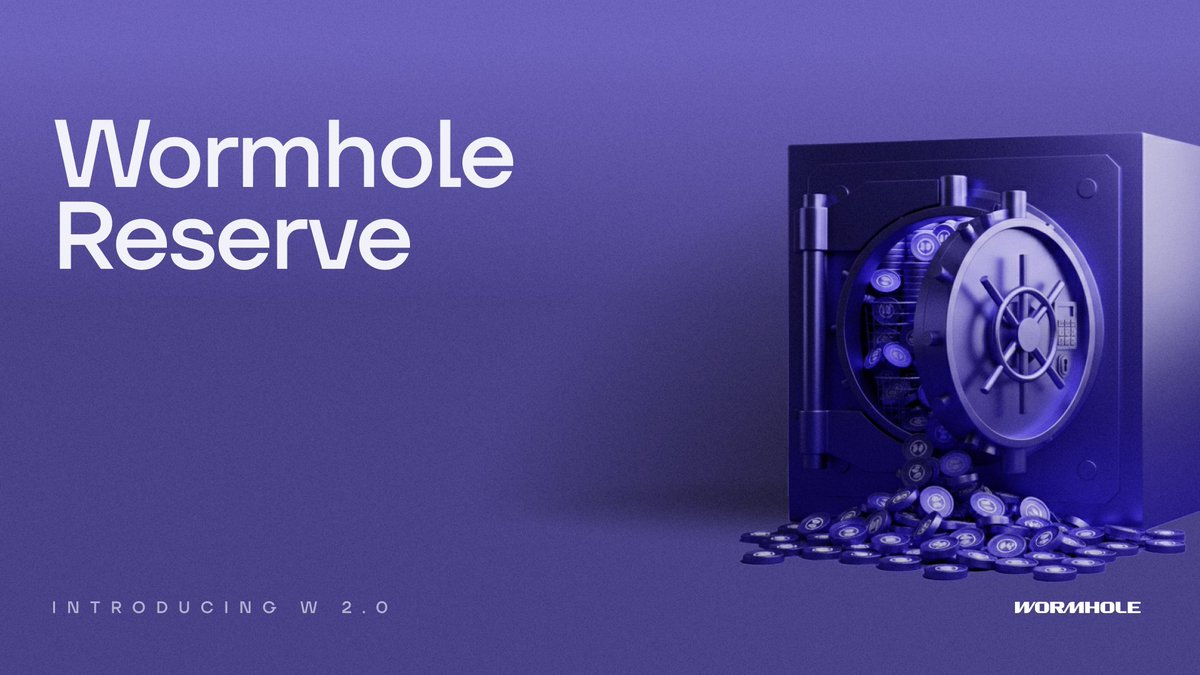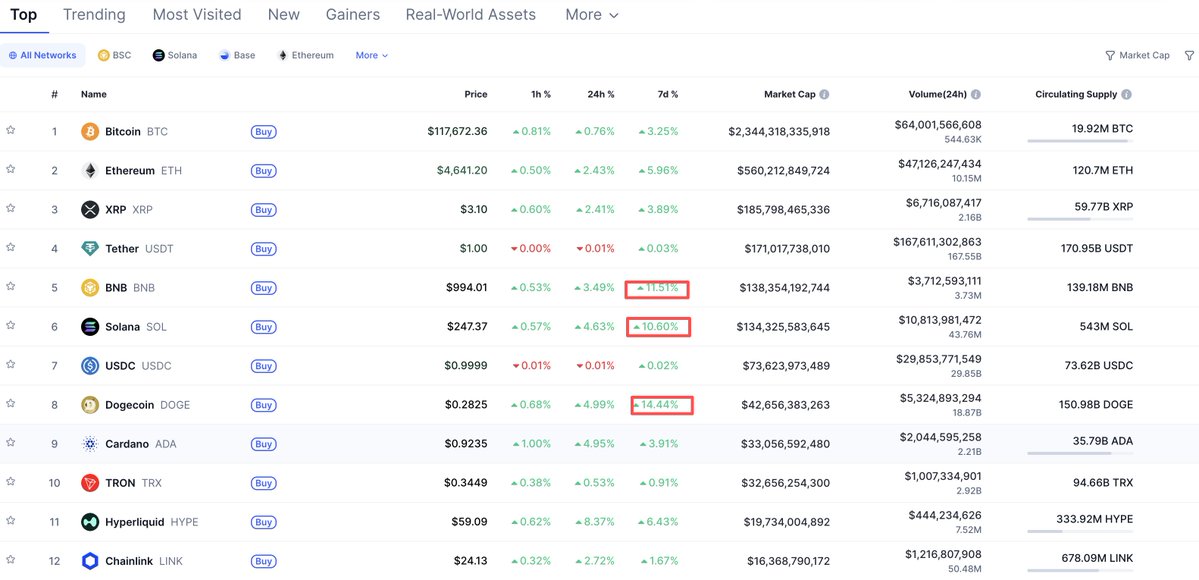Preț Chainlink
în USD

Despre Chainlink

Limitarea răspunderii
OKX nu furnizează recomandări privind investițiile sau activele. Trebuie să analizați cu atenție dacă să tranzacționați sau să dețineți activele digitale prin prisma stării dvs. financiare. Consultați-vă cu un profesionist în domeniul juridic / fiscal / de investiții pentru întrebări despre circumstanțele dumneavoastră specifice. Pentru detalii suplimentare, consultați Condițiile de utilizare și Avertizarea de risc. Prin utilizarea paginii web terțe („TPW”), acceptați că orice utilizare a unei TPW va fi supusă oricăror și guvernată de orice condiții pentru TPW. Exceptând mențiunile exprese în scris, OKX și afiliații săi („OKX”) nu sunt în niciun fel asociați cu proprietarul sau operatorul TPW. Sunteți de acord că OKX nu este responsabilă sau răspunzătoare pentru nicio pierdere, daună și orice alte consecințe care decurg din utilizarea de către dumneavoastră a unei TPW. Țineți cont că utilizarea TPW poate duce la pierderea sau diminuarea activelor dumneavoastră. Este posibil ca produsul să nu fie disponibil în toate jurisdicțiile.
Performanța prețului pentru Chainlink
Chainlink pe rețelele sociale





Ghiduri

Creați un cont de OKX gratuit.
Finanțați-vă contul.
Alegeți-vă cripto.
Întrebări frecvente Chainlink
Aflați mai multe despre Chainlink
Chainlink este o rețea oracol descentralizată care permitecontracte inteligente bazate pe blockchainpentru a accesa date fiabile din lumea reală stocate în afara blockchainului. Pentru a realiza acest lucru, Chainlink recompensează furnizorii de date, cunoscuți ca oracole, pentru furnizarea de date precise și valoroase în schimbulCriptomoneda nativă ERC-20 a Chainlink, LINK.
Chainlink conține aproape 1000 de rețele oracol descentralizate independente care furnizează date de piață pentru cripto, cursuri FX, indici, date meteorologice, statistici sportive, rezultate ale alegerilor, informații despre zboruri și alte informații pentru contractele inteligente pe peste 12 rețele blockchain.Arbitrum,Avalanche,Ethereum,Fantom,HarmonyșiPolygonse numără printre blockchainurile acceptate de Chainlink.
Pentru a deveni un oracol în ecosistemul Chainlink, furnizorii de date trebuie mai întâi să mizeze un număr predeterminat de tokenuri LINK pentru a menține integritatea rețelei. Dacă se descoperă că furnizorii de date sunt implicați în viabilitatea rețelei, Chainlink îi va reduce mizele.
Pe lângă furnizarea de date descentralizate, Chainlink oferă mai multe servicii, cum ar fi funcția aleatorie verificabilă (VRF), Keepers,Proof of Reserve (PoR), și Cross-Chain Interoperability Protocol (CCIP). Raportarea în afara blockchainului (OCR) a rețelei permite nodurilor și să furnizeze de zece ori mai multe date pentru contractele inteligente, reducând în același timp costurile de operare cu 90%.
Prețul și tokenomia LINK
Oferta Chainlink este limitată la 1 miliard de tokenuri LINK. Investitorii au primit 35% din cantitatea totală, în timp ce operatorii de noduri și recompensele din ecosistem au primit 35%. Compania-părinte a Chainlink, SmartContract.com, a primit 30% din cantitatea de LINK. Tokenurile LINK intră în circulație atunci când operatorii de noduri primesc LINK ca recompensă, investitorii care dețin LINK sau proiectele care primesc LINK ca achiziție sau vânzare pe piața deschisă.
Despre fondatori
Chainlink a fost fondată în 2017 de antreprenorul serial Sergey Nazarov și inginerul de software Steve Ellis. Înainte de lansarea Chainlink, Nasauv a lucrat la câteva proiecte centrate pe tehnologie peer-to-peer. A co-fondat ExistLocal, o piață peer-to-peer pentru turi, în 2009. A fost esențial pentru lansarea Cryptamail, un serviciu complet descentralizat de poștă electronică, cinci ani mai târziu. Nazarov a colaborat și cu Steve Ellis pentru a lansa două alte companii în 2014, inclusiv SmartContract.com.
Consultanții tehnici ai Chainlink includ personalități proeminente în interiorul și exteriorul industriei blockchain. Eric Schmidt, fost președinte și CEO al Google, Jeff Weiner, CEO al LinkedIn, și Tom Gonser, cofondatorul DocuSign, sunt printre cei de pe această listă. Conform Crounchbase, Chainlink a strâns 32 de milioane USD de la investitori ca Fundamental Labs, Andres Schwartz și Nirvana Capital.
Aspecte esențiale Chainlink
Chainlink integrează datele meteorologice din Google Cloud
Încă din 2019, Google Cloud și Chainlink au lucrat împreună pentru a permite Chainlink să includă date Google Cloud. Chainlink are acum date meteorologice complet integrate din Google Cloud în 2021. Integrarea Google Chainlink folosește un nod oracle, care trimite continuu date din lumea externă în rețeaua Chainlink. Aceste date sunt apoi combinate și devin accesibile în formă agregată pentru aplicațiile blockchain.
Partenerii Chainlink 282 și UNICEF
Chainlink a format un parteneriat cu 282 în ianuarie 2021 pentru a crește gradul de sensibilizare cu privire la tehnologia blockchain și a susține contribuitorii promițători. După câteva luni, Chainlink a anunțat un parteneriat cu UNICEF pentru finanțarea aplicațiilor blockchain din țările în curs de dezvoltare.
Chainlink 2.0
Echipa Chainlink a dezvăluit planurile de optimizare a protocolului în aprilie 2021 prin intermediul cărții albe Chainlink 2.0. Conform cărții albe, următorul set de upgradeuri se va concentra pe activarea unui sistem trustless și mai descentralizat pentru rularea protocolului Chainlink. În mod special, o componentă a acestei strategii necesită stabilirea unui mecanism de stimulare susținut de staking. Ca urmare, Chainlink se poate asigura că operatorii de noduri rău intenționate sunt penalizați în timp ce furnizorii de date onesti sunt recompensați prin implementarea unei economii de staking ancorate de LINK.
În iunie 2022, la mai mult de un an de la publicarea acestei publicații, Chainlink a anunțat că Chainlink 2.0 le va permite deținătorilor de LINK să își delege miza pentru a implica mai multe persoane în procesul de validare a protocolului. În plus, actualizarea va include un sistem avansat de urmărire a reputației, care va genera indicatori de performanță pentru fiecare operator de nod.
Raportare privind gazele cu efect de seră


